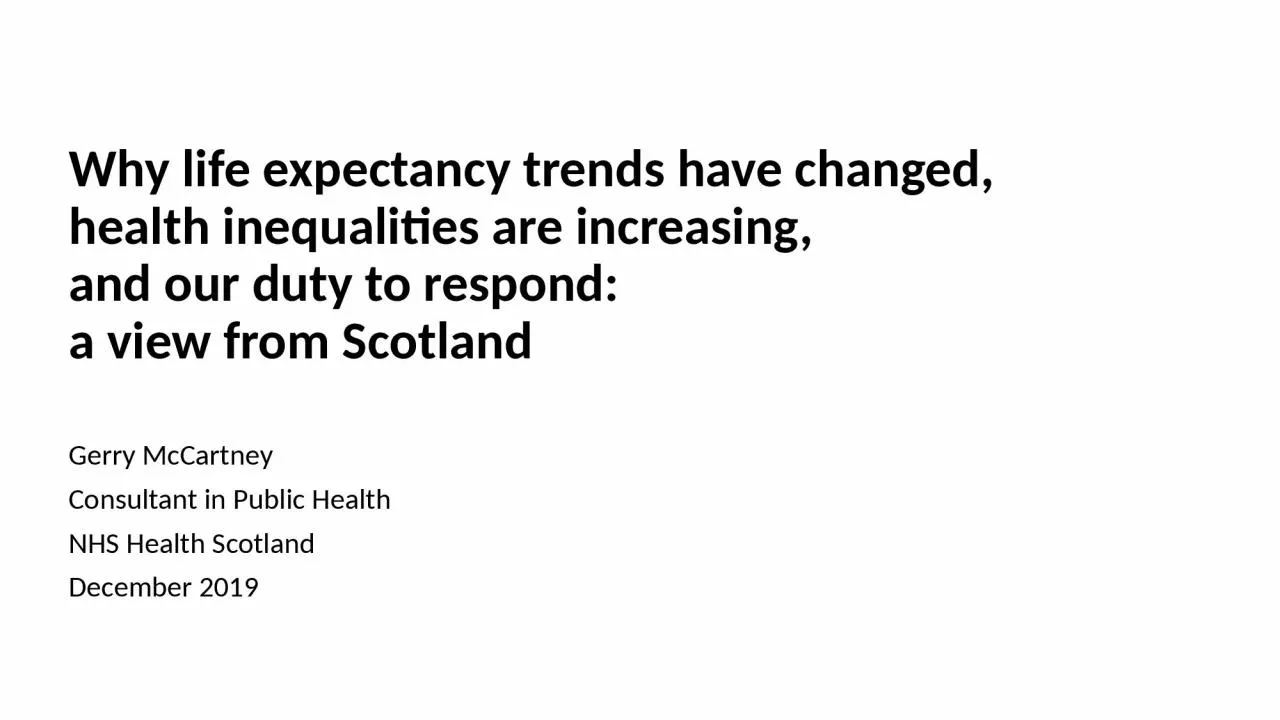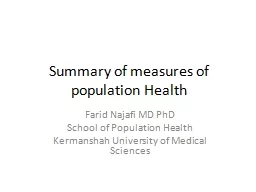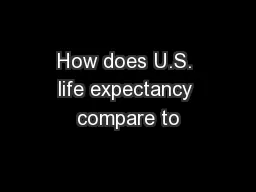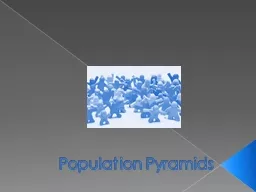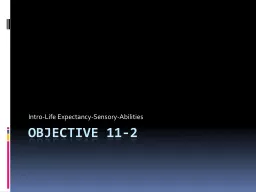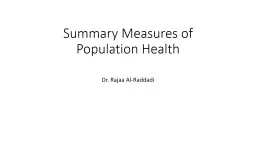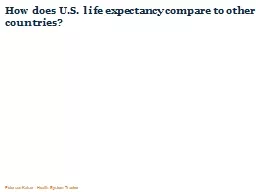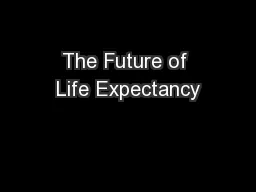PPT-Why life expectancy trends have changed,
Author : tremblay | Published Date : 2024-03-13
health inequalities are increasing and our duty to respond a view from Scotland Gerry McCartney Consultant in Public Health NHS Health Scotland December 2019
Presentation Embed Code
Download Presentation
Download Presentation The PPT/PDF document "Why life expectancy trends have changed," is the property of its rightful owner. Permission is granted to download and print the materials on this website for personal, non-commercial use only, and to display it on your personal computer provided you do not modify the materials and that you retain all copyright notices contained in the materials. By downloading content from our website, you accept the terms of this agreement.
Why life expectancy trends have changed,: Transcript
Download Rules Of Document
"Why life expectancy trends have changed,"The content belongs to its owner. You may download and print it for personal use, without modification, and keep all copyright notices. By downloading, you agree to these terms.
Related Documents

